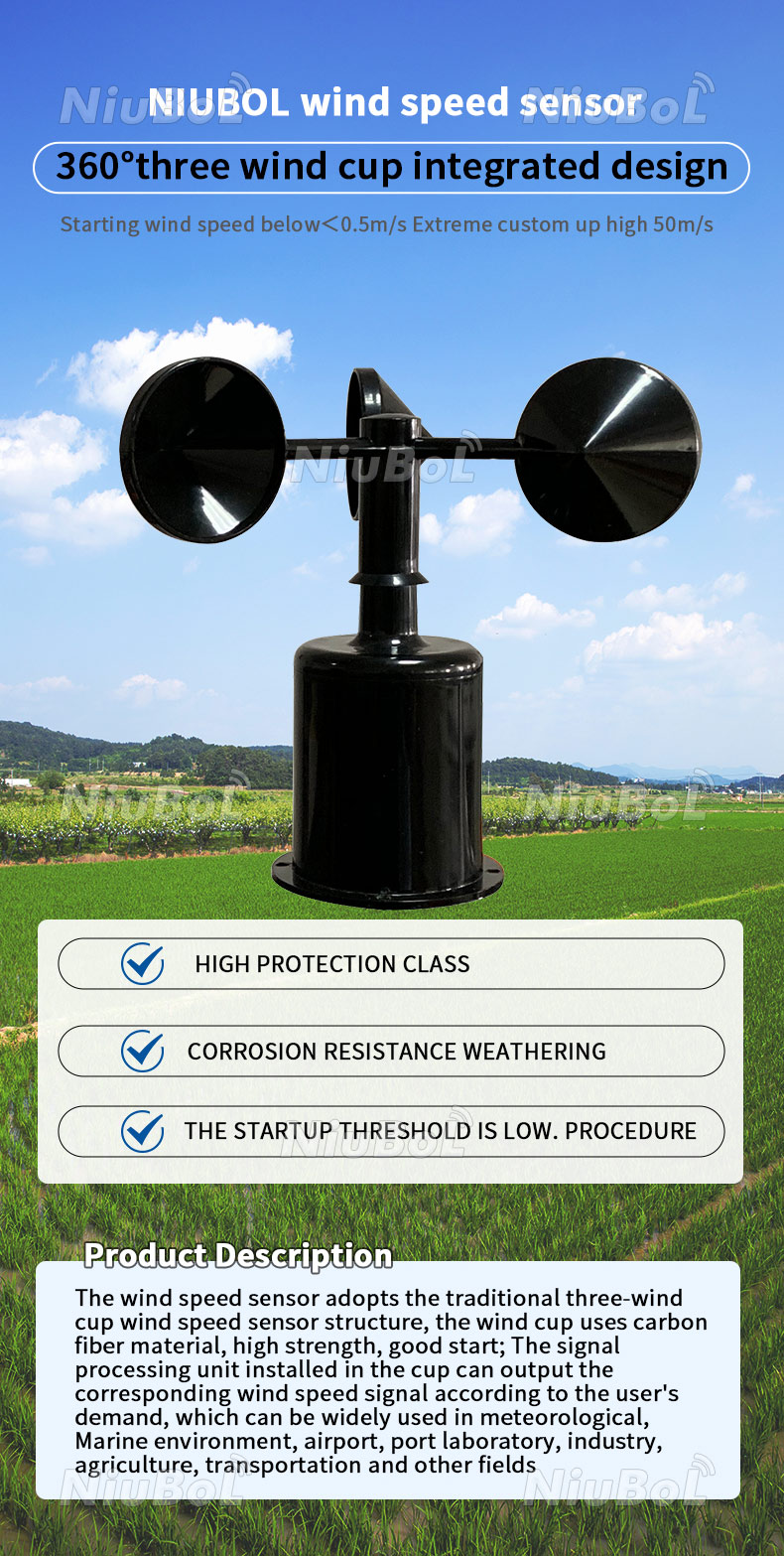Professional Tips for Calibrating Your Anemometer for Ideal Efficiency
Professional Tips for Calibrating Your Anemometer for Ideal Efficiency
Blog Article
Anemometers Revealed: Comprehending Their Importance in Environmental Tracking and Precaution
The function of anemometers in ecological monitoring and safety and security steps is commonly taken too lightly, yet their value is obvious. These tools have a lengthy background rooted in clinical questions and technical innovations, advancing to come to be necessary tools in various fields. From meteorology to aviation safety and security, anemometers play a crucial duty in giving exact information that notifies decision-making processes and improves general security. Recognizing the details of anemometers reveals a world of important insights that are fundamental to our understanding of the setting and the actions we take to make sure safety.
History of Anemometers
The evolution of anemometers can be mapped back to the ancient people where basic wind gauging gadgets were first used. These very early wind measurement tools laid the structure for the growth of much more innovative anemometers with time. One of the earliest recognized anemometers was the hemispherical cup anemometer developed by Leon Battista Alberti in the 15th century. This design included 4 hemispherical mugs that collected wind energy, giving a dimension of its intensity based upon the rate of rotation.
Over the years, developments in innovation led to the growth of even more contemporary anemometers, including ultrasonic anemometers and laser Doppler anemometers, providing boosted accuracy and performance in gauging wind rate and direction. The history of anemometers showcases an amazing journey of innovation and progress in the area of weather forecasting.
Sorts Of Anemometers
Throughout the field of weather forecasting, various types of anemometers have actually been created to properly measure wind rate and instructions. Sonic anemometers utilize ultrasonic signals to gauge wind speed and instructions precisely. Hot-wire anemometers run based on the concept that the cooling impact of wind on a warmed cord is proportional to the wind rate.
Applications in Meteorology
Having actually talked about the different kinds of anemometers made use of in weather forecasting for gauging wind rate and direction, it is necessary to discover their sensible applications in the field. Anemometers play a crucial duty in weather forecasting by providing exact and real-time data on wind conditions (anemometer). Meteorologists utilize anemometers to keep track of wind rate and direction to anticipate climate patterns, concern cautions for extreme climate occasions like tornadoes, storms, and typhoons, and analyze climatic problems for aviation security
In weather forecasting, anemometers help in comprehending local and local wind patterns, which are essential for anticipating weather changes and determining climatic fads. These gadgets are likewise used in study to examine microclimates, city warmth islands, and air contamination dispersion. In addition, anemometers are employed in agriculture to enhance crop monitoring methods, such as irrigation and pesticide application, based upon wind conditions.
Importance in Aviation Safety And Security
An essential facet of making certain aviation safety and security depends on the precise tracking of wind conditions making use of anemometers. Anemometers play an essential role in air travel by giving real-time visite site data on wind rate and direction, helping pilots in making informed decisions throughout trip, touchdown, and take-off. Solid and unpredictable winds can significantly influence airplane operations, making it necessary for aviation authorities to rely upon accurate wind measurements to make certain the safety of travelers and staff.

In the vibrant setting of air travel, where also minor modifications in wind rate and direction can have profound results, anemometers stand as essential devices for promoting protected and safe air traveling.
Duty in Environmental Research Study
Just how do anemometers add to improvements in ecological study? Anemometers play a vital duty in environmental study by offering crucial data on wind speed and direction. This details is vital for recognizing numerous atmospheric processes, such as air contamination diffusion, weather patterns, and environment adjustment. By properly measuring wind qualities, anemometers help researchers analyze the motion of toxins airborne, analyze the impact of industrial discharges, and forecast the spread of impurities in the environment.


Final Thought
In verdict, anemometers have played a crucial duty in ecological monitoring and security steps. Recognizing the relevance of anemometers is necessary for precisely gauging wind speed and instructions, which is crucial for anticipating weather patterns, making certain risk-free aviation here procedures, and conducting ecological studies.
One of the earliest recognized anemometers was the hemispherical mug anemometer designed by Leon Battista Alberti in the 15th century. Over the years, improvements in technology led to the advancement of even more modern-day anemometers, including ultrasonic anemometers and laser Doppler anemometers, providing raised precision and performance in measuring wind rate and direction. Hot-wire anemometers run based on the principle that the cooling result of wind on a heated cable is symmetrical to the wind speed. Meteorologists use anemometers to keep an eye on wind rate and direction to forecast weather condition patterns, issue cautions for serious weather events like tornadoes, storms, and storms, and examine climatic conditions for air travel security.
Recognizing the value of anemometers is vital for precisely determining wind speed and direction, which is important for anticipating weather condition patterns, making certain secure aviation operations, and carrying out environmental studies. (anemometer)
Report this page